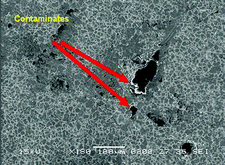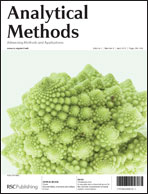Validation of cleaning of pharmaceutical manufacturing equipment, illustrated by determination of cephradine residues
Abstract
The systematic approach developed to assess the amount of residues left on manufacturing equipment surfaces from product carryover is known as cleaning validation. Current trends have seen increasing demand for rapid sample analysis time along with low detection limits for verification of cleaning validation samples. A total organic


 Please wait while we load your content...
Please wait while we load your content...